Should diabetics eat bananas?
Most general dietary guidelines for diabetes recommend following a healthy, balanced diet that includes fruit.
Bananas are classified as having a low and medium GI of about 42 - 62 depending on the ripeness of the banana (GI below 55 is considered low). Foods with a low glycemic index will increase blood sugar slowly and steadily after eating, and will also decrease slowly. Therefore, blood sugar after eating will not increase too much, always remaining stable.
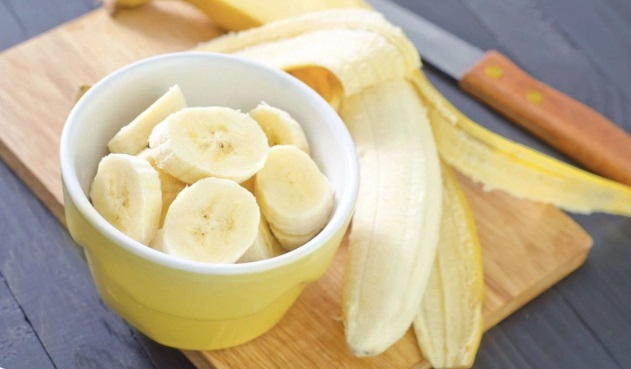
Diabetics should choose green bananas instead of ripe bananas. Illustration photo
In addition, bananas provide many vitamins, minerals and plant compounds such as Vitamin C, Vitamin B6, Potassium, Dopamine, Catechin which have antioxidant effects, good for the cardiovascular system, immune system and digestive system.
According to the American Diabetes Association, people with diabetes can eat bananas but should choose green bananas instead of ripe bananas to improve the body's ability to regulate sugar levels.
How to eat bananas for diabetics
If you love bananas, the following tips may help minimize their effect on blood sugar:
- Eat a smaller banana to reduce the amount of sugar you eat at one time.
- Choose a banana that is not too ripe for a slightly lower sugar content.
- Spread out your fruit intake to help reduce the glycemic load and keep blood sugar levels stable.
- Enjoy bananas with other foods, such as nuts or whole-fat yogurt, to help slow digestion and sugar absorption.
The right time to eat bananas for diabetics
Bananas contain many nutrients that are beneficial to the health of diabetics, but not everyone knows how to eat them to maximize their benefits.
To be safe, diabetics should only add 1-2 bananas to their daily menu, and should not eat too many to avoid causing excessive increase in blood sugar.
The most suitable time is to eat bananas about 2 hours apart from breakfast and lunch. Because eating bananas right after a meal will increase the total carb content after the meal, causing high blood sugar. In addition, you should divide the amount of bananas you eat during the day, do not eat too many bananas at once.
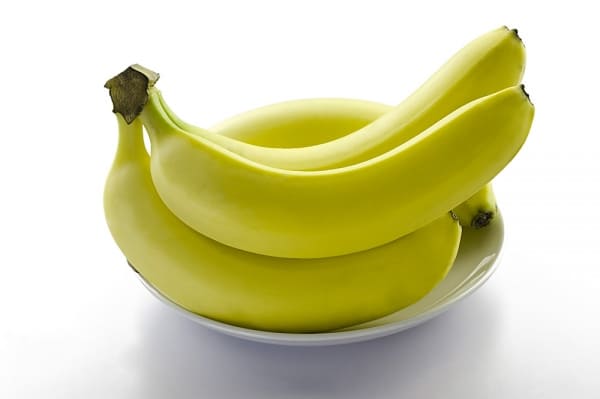
Illustration photo
3 great uses of bananas for people with diabetes
Support blood sugar control
According to the National Institutes of Health , fiber-rich foods like bananas are diabetic-friendly because fiber helps keep blood sugar levels stable and promotes a healthy weight, thereby reducing insulin resistance.
Helps reduce inflammation
Bananas contain natural flavonoids (plant metabolites), which act as antioxidants that help reduce swelling, irritation, and inflammation.
A 2014 study by the University of Texas, USA, showed that inflammation in the body can lead to a number of chronic diseases such as rheumatoid arthritis, Crohn's disease, ulcerative colitis, diabetes, and cancer. Bananas have anti-inflammatory properties, so eating bananas helps prevent chronic diseases.
Helps lose weight
A medium banana contains 112 calories, 90% of which come from carbohydrates (carbs). Although high in carbs, bananas have a low GI, which can prevent blood sugar spikes, which is beneficial for weight loss. Because a spike in blood sugar prevents the breakdown of fat in the body.
Bananas are high in fiber (one medium-sized banana contains 3 grams of fiber), which helps increase feelings of fullness and prevent overeating, aiding weight loss.
Source: https://giadinh.suckhoedoisong.vn/nguoi-benh-tieu-duong-nen-an-chuoi-theo-cach-nay-de-on-dinh-duong-huet-172240612155927016.htm






![[Photo] Ready for the 2025 Fall Fair](https://vphoto.vietnam.vn/thumb/1200x675/vietnam/resource/IMAGE/2025/10/14/1760456672454_ndo_br_chi-9796-jpg.webp)

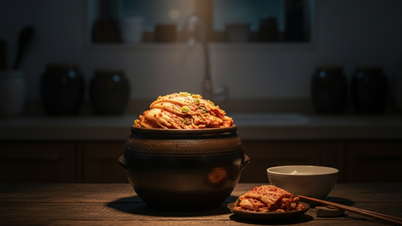

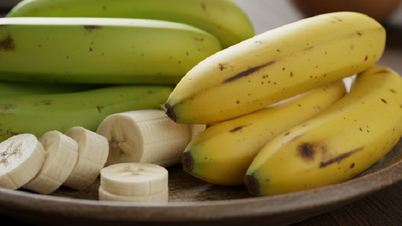



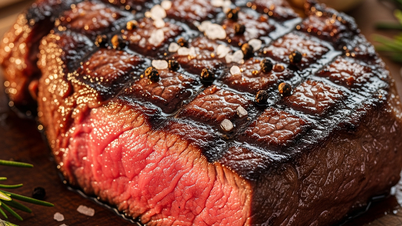



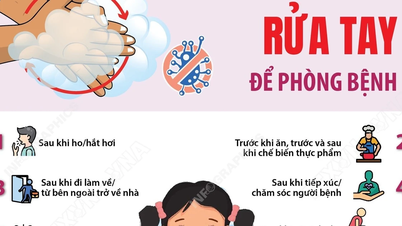


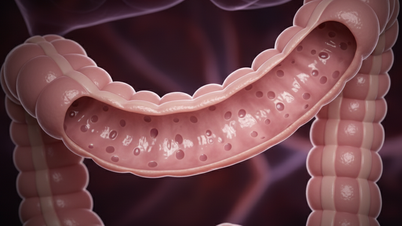






































































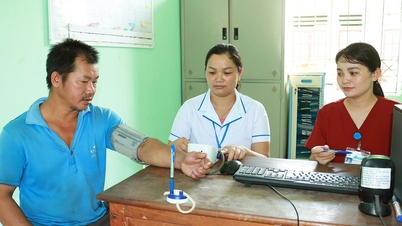


















Comment (0)